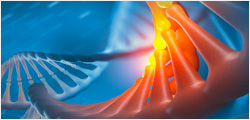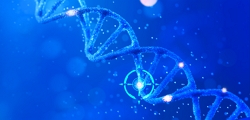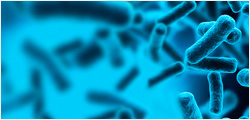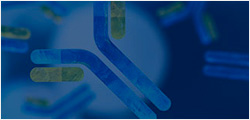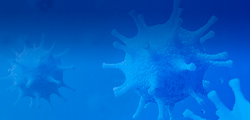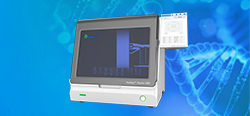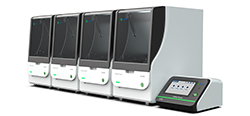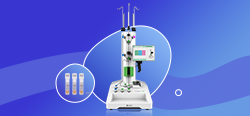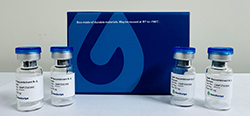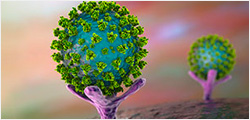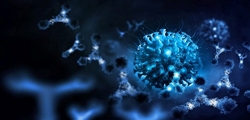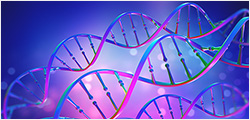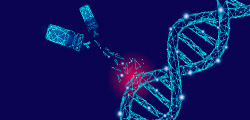PKCδ Antibody, pAb, Rabbit
该产品已下架。
The protein kinase C (´ PKC ´, EC 2.7.11.13) is a cyclic nucleotide-independent enzyme that phosphorylates serine and threonine residues in many target proteins. The PKC family has been divided into three groups, differing in the enzymes' cofactor requirements: conventional (c)PKC isoforms (comprising α, βI (also known as β1), βII (also known as β2) and γ), that require diacylglycerol (DAG), Ca2+, and phospholipid for activation; novel (n)PKC isoforms (comprising δ, ε, η (also known as PKC-L), θ and µ (the mouse homolog of human PKCµ, also known as PKD)) that require DAG but not Ca2+; and atypical (a)PKC isoforms, namely ζ, ι and λ (the mouse homolog of human PKCι) that require neither Ca2+ nor DAG. A new PKC member has recently been discovered and is referred to as PKCν.PKC family members phosphorylate a wide variety of protein targets and are known to be involved in diverse cellular signaling pathways. PKC family members also serve as major receptors for phorbol esters, a class of tumor promoters. Each member of the PKC family has a specific expression profile and is believed to play a distinct role in cells.PKCδ (also known as PRKCD, PKC delta) is involved in B cell signaling and in the regulation of growth, apoptosis, and differentiation of a variety of cell types.GenScript Rabbit Anti-PKCδ Polyclonal Antibody is developed in rabbit using a synthetic peptide (KLH-coupled) derived from human PKCδ.
| A00905 | |
|
|
|
|
|
|


